
The History and Mystery of Yemen’s ‘Well of Hell’
The first-ever expedition to the bottom of a startling desert sinkhole found wonders—but only natural ones.
On the far eastern edge of Yemen, far from any cities or well-traveled roads, there’s a black mark in the desert, like a giant eye peering up from the earth. Regardless of how uncanny it looks from above, it is a natural phenomenon, a perfectly round and profoundly deep sinkhole called the Well of Barhout, or the “Well of Hell.” It’s easy to see why. Without the help of wings or long ropes, anything that disappears into this 367-foot-deep hole is not going to come out.
For centuries, sinister legends have swirled around the Well of Barhout. It’s said that visiting or even talking about it can bring bad luck. It’s also said to be a prison for uncontrollable jinn, a range of spirits that haunt Islamic mythology. The jinn, according to legend, will claim the head of anyone brave (or foolish) enough to descend to the bottom. “Yes, [locals] always told us about that,” says geologist and caver Mohammad Al-Kindi, matter-of-factly. “They also mentioned wild animals. They mentioned strange voices or people screaming below. They mentioned also that the air there is really bad. You will not be able to breathe.” But despite all those warnings, Al-Kindi says he didn’t feel any trace of fear before he recently became the first person to descend to the bottom (and come back up). His head remains attached to his body.
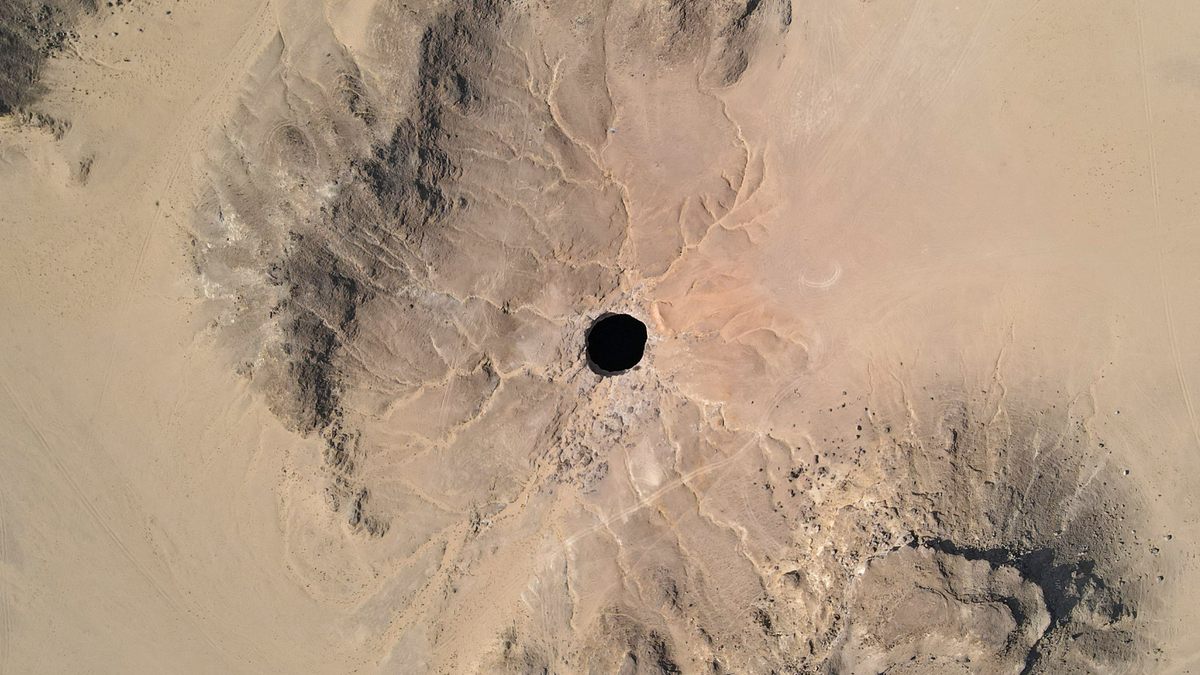
On a hot, clear September day, Al-Kindi and six other members of the Omani Caves Exploration Team (OCET) parked their four-wheel drives yards from the cave’s open maw. After an hour and a half of set-up, Al-Kindi, who had twice tried to make the descent before, was the first of five team members to rappel in. The set up was actually “quite easy,” he says, “because it’s just a single drop” and the rope doesn’t touch the rock face at all. “As soon as I went down the first 30 meters [100 feet], I could start seeing the details of the cave, its formations. I would be able to see if it had wild animals, crocodiles specifically,” he adds with a laugh. (One local had suggested he might find them down there.) “It was a very happy moment, just going down, enjoying the scene.” That is, until he reached the end of his rope—50 feet above the cave floor. “Luckily, I had a walkie-talkie with me,” he says, and he called up to ask for a longer rope to be sent down.
Actually, there was a concern more sinister than reptiles and spirits when Al-Kindi finally reached the bottom: unexploded ordnance. Since 2014, Yemen has been in the midst of a bloody civil war and, Al-Kindi explains, pilots sometimes drop bombs into caves, since people seek shelter inside. “So that got me worried a bit,” he says. “Apart from that, it was a very enjoyable moment.”
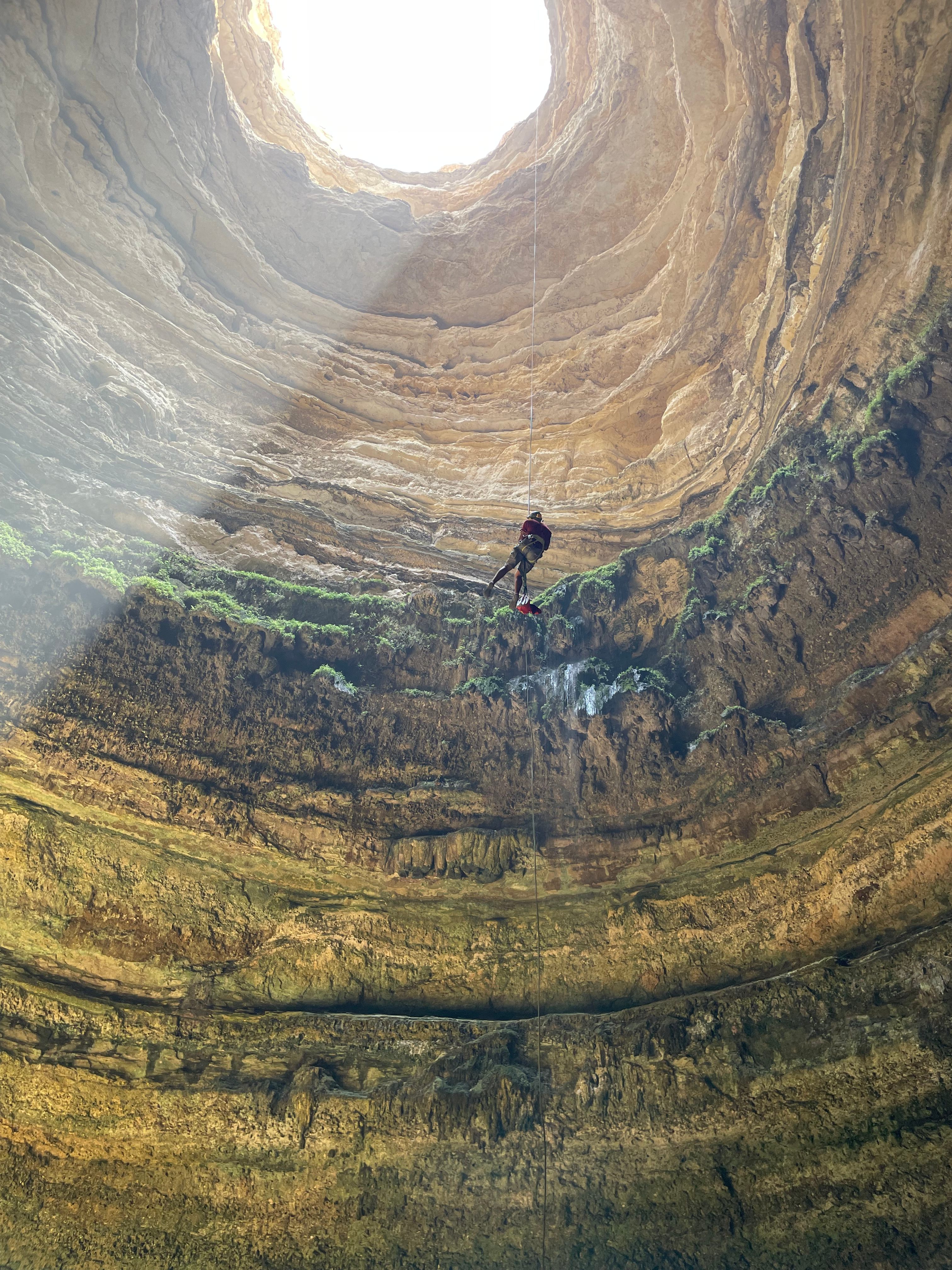
In total, the team spent around four to five hours exploring the bottom of the sinkhole. There are “loads of beautiful cave deposits,” says Al-Kindi, including stalagmites, stalactites, and even cave pearls (formed the same way stalagmites do, except in the presence of flowing water) gleaming beneath underground waterfalls. “It also has its own kind of ecosystem,” says Al-Kindi, with toads, snakes, beetles, birds, and lizards. For Al-Kindi, the whole experience was “quite spectacular.”
The goal of the expedition was to make the first documented study of the sinkhole, but dispelling the dark air that’s hung around the geological formation came with the territory. There’s long been rumors of a terrible odor rising from the depths of the well, for example. Al-Kindi says that most of the cave smells fine except for certain areas “and that’s only because there are some birds that died and fell down to the floor and obviously as they decompose they smell bad.” The snakes they saw are also a normal feature of sinkholes. Once they work their way down, there’s a smorgasbord that falls from above, and few or no predators to keep their numbers down.

While the opening at the top of the sinkhole is about 98 feet across, the cave widens to 380 feet at its base. The 367-foot-deep cave passes through two layers of rock, Al-Kindi says. The top layer, about 200 feet thick, is “porous and permeable” allowing water to filter down to a second, less permeable layer, at which point it flows into the cave, creating four 150-foot tall waterfalls.
For millennia, this water was said to be poisonous. Even the prophet Muhammad knew better than to mess with it. In a hadith, a saying attributed to him, the prophet warns, “the worst water on the face of the earth is the water at Wadi Barhut in Hadramawt, which is like locusts in comparison with other pests. It gushes in the morning and is dry by the evening.”
When asked if the water is poisonous, Al-Kindi laughs. “Well, apparently not,” he says. “I’m still alive!” He drank at least a bottle of it while he was down there. “I also took samples and analyzed it with some colleagues in one of the local universities here in Oman,” he adds. “It’s very fresh, very normal water.”
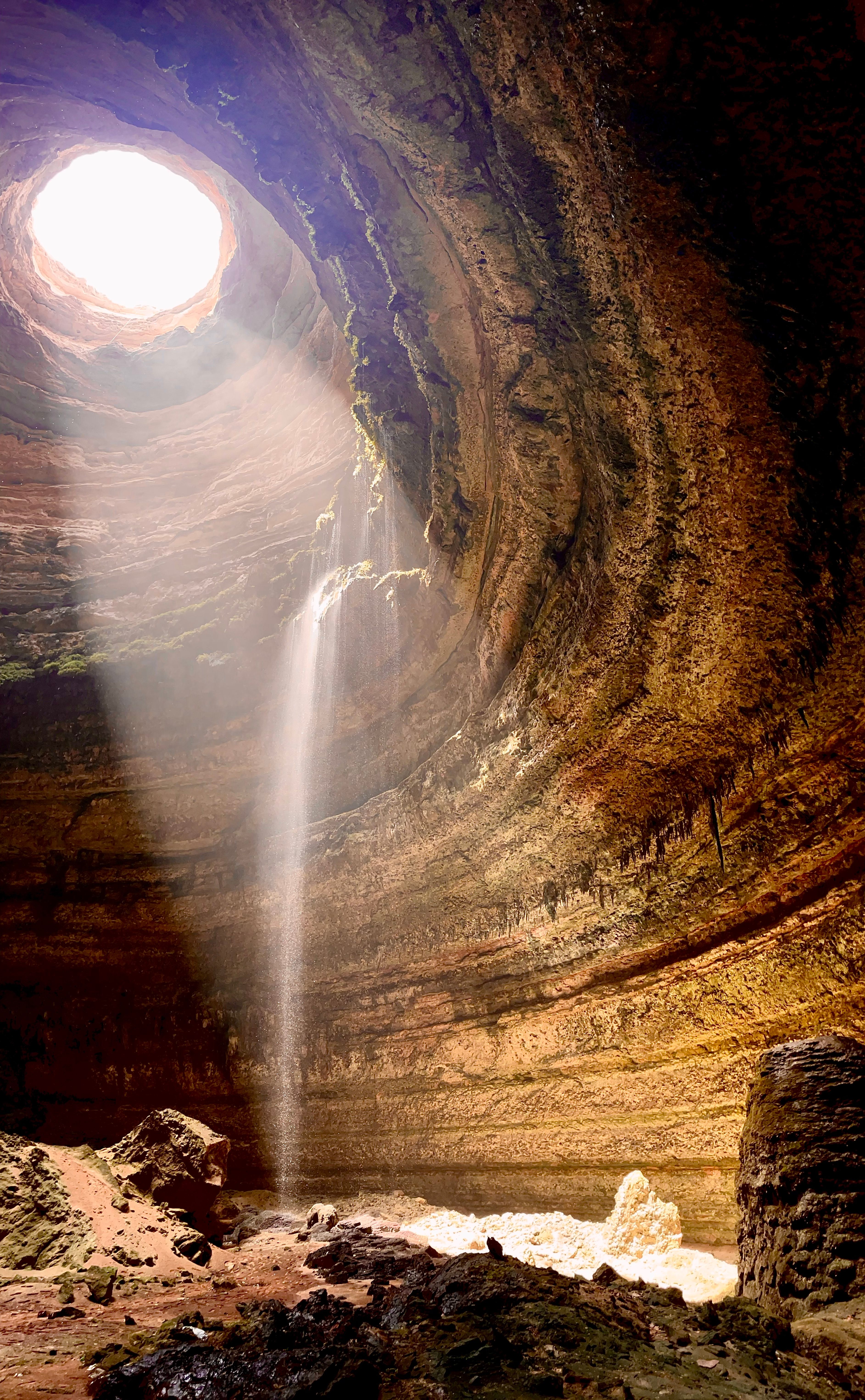
Sam Lasman, an expert in Middle Eastern literature at the University of Cambridge, says that most of the well’s sinister reputation likely comes from this seventh-century hadith. In the ninth or 10th century, “This [hadith] gets interpreted into this idea of a barzakh, which is sort of like the Islamic limbo,” he says. “The souls of good people go to Zamzam, the best water in the world, and the souls of unbelievers or wicked people go to Barhout, the worst water in the world.” Over the course of several centuries, Barhout shifts from a place with poisonous water to a place of sinful souls.
“Personally, I don’t think anything like what is described in this hadith exists,” says Al-Kindi. “I think all the caves have just normal features,” including another site that’s also been saddled with the infamous Barhout name. The term might also just apply to this region of Yemen.
Al-Kindi estimates the sinkhole could be several million years old, but its origin, too, is the subject of local legend. One legend says an ancient king forced jinn to carve the “well” as a place to hide his treasure. In others, the well has always served to contain evil, uncontrollable jinn.

In Islam, jinn are one of the three classes of intellectual beings, says Lasman, alongside humans and angels. While angels are bound by God’s will, jinn and humans possess free will. Humans are created from blood and earth, while jinn are created from smokeless fire, says Lasman. They occupy an invisible world, known in the Quran as Al-Ghaib. “They have this sort of ephemeral, sometimes almost intangible quality. They’re thought of as shapeshifters,” he says. Like humans, jinn have the capacity for both good and evil. The jinn in the well were of an evil-choosing sort, known in Islam as the ifrit.
While most of the sinister reputation of the well can be explained by the hadith and its frankly intimidating appearance, it’s not entirely clear how it got associated with jinn, but that’s also not a huge mystery. “The association of jinn with scary places, dark places, subterranean places, vermin-infested places, that’s everywhere” in Islamic stories, says Lasman. Jinn can also disguise themselves as other creatures, in particular snakes or insects.
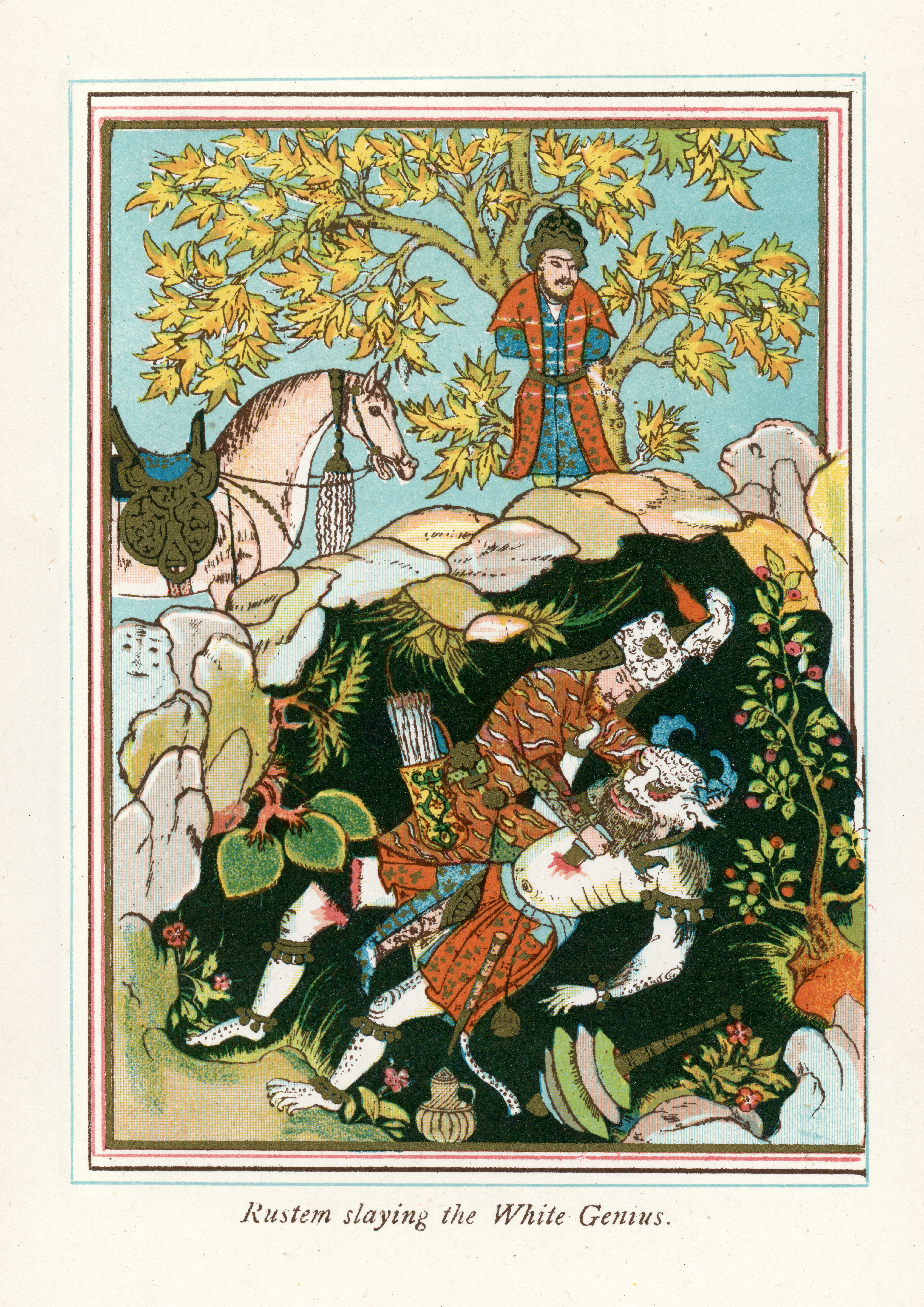
Al-Kindi guesses that there were local legends swirling around the cave long before the prophet’s hadith. “If [people] don’t know about a place, if they can’t reach it, they will invent around it all kinds of stories,” he says. “Sometimes they do that for a reason. Maybe they want to prevent their kids from going there. Maybe they want to tell people that we do own this place, for instance, and we get support from jinn or ghosts or whatever.”
Throughout the world, different cultures have their own version of jinn, human-like creatures that exist in a parallel, unseen world, from Japan’s onryō to La Patasola in Colombia to Ireland’s Tuatha Dé Danann. Such creatures, Lasman says, offer a framework for understanding physical illness, mental illness, history, foreignness, “various sorts of social mysteries, social traumas, and social obsessions … in ways that a lot of different cultures find helpful.”
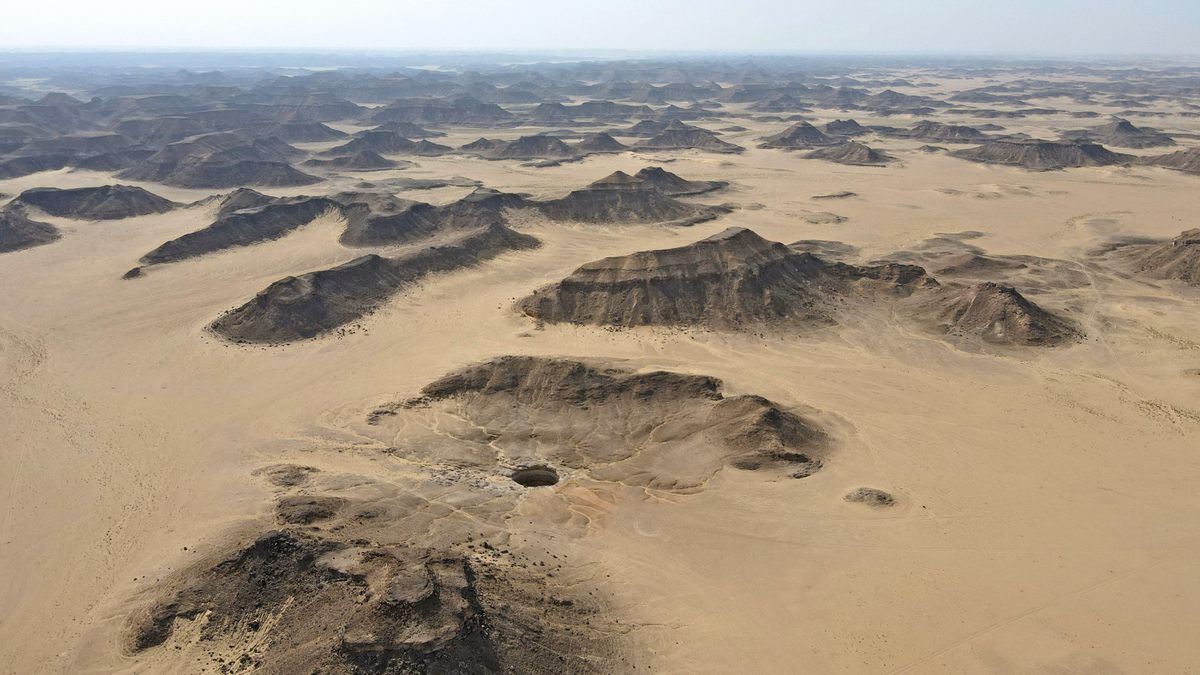
Certainly, the OCET mission to the bottom of the Well of Barhout won’t eradicate the millennia-old belief in Al-Ghaib and the beings who are said to reside there, but it will serve an educational purpose. Al-Kindi says that at one point a crowd of 80 locals had gathered to watch the cavers. At first they were full of warnings, but when Al-Kindi resurfaced unharmed, they gathered around, asking what he had seen. Al-Kindi answered their questions, showed them photos and even gave them samples of water and cave deposits. As news of the expedition has spread, Al-Kindi says, the findings have reassured people. “What we did here I think is essential, because we changed people’s minds at least about one of these places.”


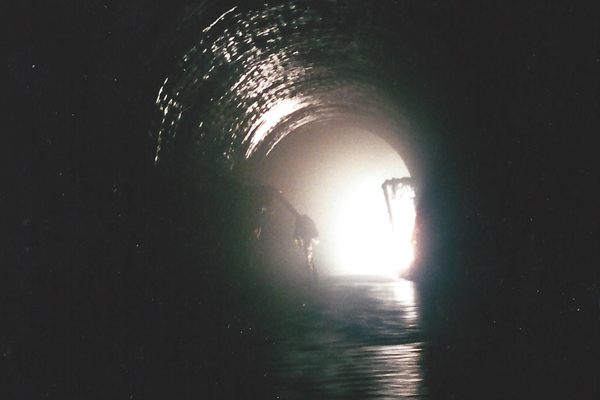
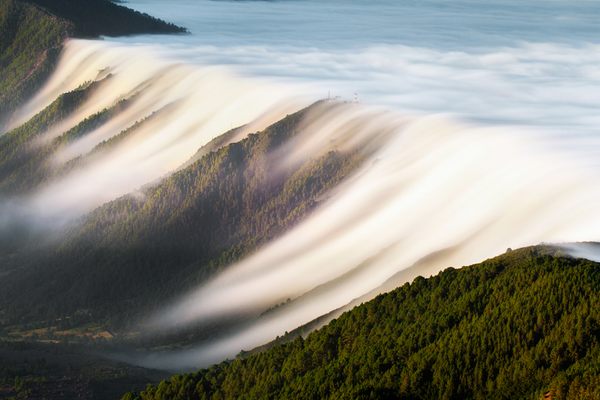
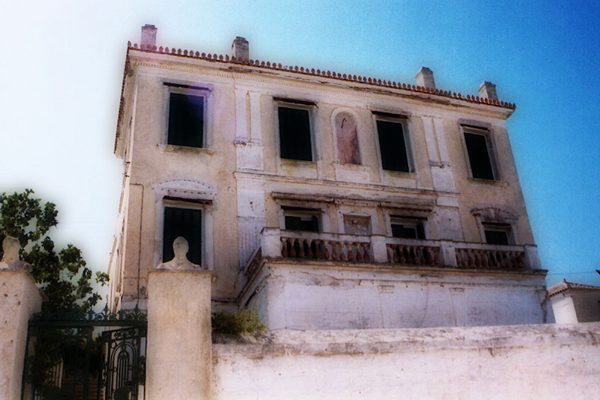

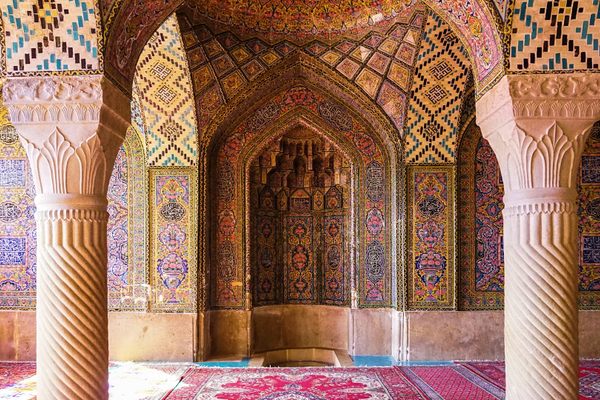






Follow us on Twitter to get the latest on the world's hidden wonders.
Like us on Facebook to get the latest on the world's hidden wonders.
Follow us on Twitter Like us on Facebook